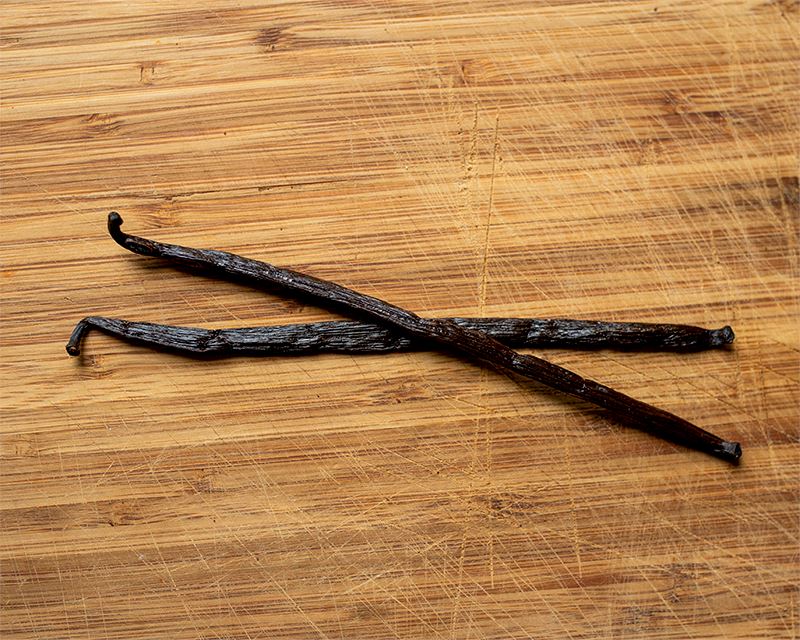VANILLA BEAN
$27.00
HOW TO USE - Slice the vanilla bean and scrap out the inside, then the inside to flavour whatever you are making. Place the leftover bean in a jar with sugar to make vanilla sugar.
1 vanilla bean (using the inside seeds) is equivalent to 3 tsp of vanilla extract.
Tahitian vanilla beans are rarer than the Madagascar variety and is quite versatile, providing options for baking and making vanilla extract and powders. Vanilla can be used in baking and in desserts, but is equally interesting in savoury cooking.
These beans have a sweet floral aroma, with flavours of fruit for you to enjoy. Are you thinking of a vanilla mayonnaise, or a sauce for lobster? This is the variety preferred by pastry chefs around the world.
Madagascar vanilla beans are a highly in-demand variety that is a popular choice for anyone searching for an amazing flavour profile. Everything you want in a vanilla bean can be found here – creaminess, sweetness, richness – it’s all wrapped up in this sumptuous product, making it one of the most-used vanilla beans around the world! Whipping up a creamy, cool batch of vanilla ice cream or an indulgent dessert? This is a bean that will take your creation to new heights.
CLICK HERE FOR VANILLA EXTRACT
RECIPES Artichokes with Vanilla Mayonnaise Lobster with Champagne Vanilla Sauce
Make your own vanilla extract and vanilla sugar. Greek Yogurt with Vanilla, Lemon, and Honey Vanilla Vodka
Vanilla Orchids have been transplanted to various regions of the world. However, Mexico is the only place that has an insect that pollinates the vanilla plant. In other places in the world, Vanilla has to be hand pollinated, which adds to its price and mystique.
In 1841, Edmund Albius at age 12, figured out a simple way to hand pollinate vanilla - this technique allowed the production of vanilla to grow exponentially.
